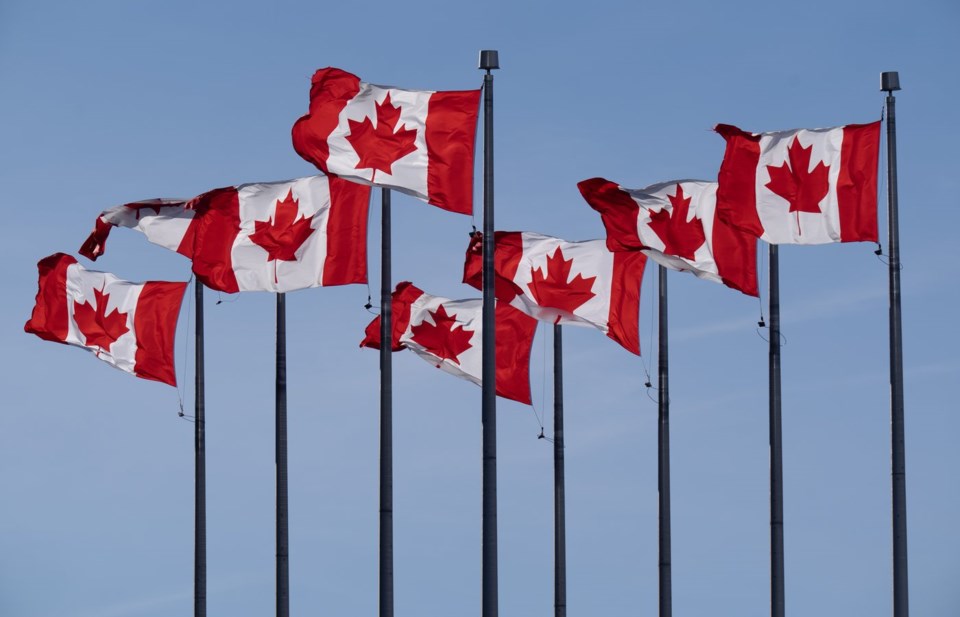OTTAWA — The Canadian economy edged lower in April as the manufacturing sector posted its largest drop since April 2021 in the face of U.S. tariffs.
Statistics Canada said Friday that real gross domestic product edged down 0.1 per cent in April and that its advance estimate for May pointed to a similar decline.
TD economist Marc Ercolao said the downside risks to Canada's economic growth are beginning to manifest, especially in tariff-exposed sectors.
"April's underperformance combined with downbeat expectations for May leave second quarter growth tracking a mild contraction, setting up a sharp pullback from Q1 readings," Ercolao wrote in a report.
"Past this, the outlook through the belly of the year faces clear downside risk as the direct impact from tariffs add to the headwinds from plunging business and consumer sentiment."
April marked the first full month of tariffs from the United States in many sectors — particularly targetting Canada's steel, aluminum and automotive industries.
The U.S. administration has since offered some relief for CUSMA-compliant goods, while Canada has also offered relief on its own counter-tariffs for businesses in some critical manufacturing sectors.
Statistics Canada said the pullback in April came as goods-producing industries fell 0.6 per cent, with manufacturing accounting for nearly all the decline.
The manufacturing sector was down 1.9 per cent in April, as durable goods manufacturing fell 2.2 per cent. Non-durable goods manufacturing dropped 1.6 per cent.
Meanwhile, services-producing industries edged up 0.1 per cent for the month as finance and insurance rose 0.7 per cent and public administration gained 0.8 per cent.
The arts, entertainment and recreation sector gained 2.8 per cent as Statistics Canada noted that five Canadian NHL teams made the playoffs for the first time since 2017.
The wholesale trade sector contracted 1.9 per cent in April.
The overall weakness in April followed strength in the first quarter which saw annualized GDP growth of 2.2 per cent for the economy as businesses rushed to get ahead of U.S. tariffs.
CIBC senior economist Andrew Grantham said a modest contraction in GDP during the second quarter of the year wouldn't be a huge surprise given the backdrop of U.S. tariffs.
"However, an average growth rate of only around one per cent for the first half of the year as a whole, and weak momentum heading into the summer, suggests that slack in the economy is continuing to build and that further interest rate cuts from the Bank of Canada will be needed to support a recovery later in the year," Grantham wrote.
The Bank of Canada held its benchmark interest rate steady at 2.75 per cent earlier this month. A summary of deliberations by the bank's governing council suggested they discussed the possibility of cutting the rate, but decided they didn't feel like they knew enough about how the tariff dispute with the United States would unfold to make a change.
The Bank of Canada’s next interest rate decision is set for July 30.
This report by The Canadian Press was first published June 27, 2025.
The Canadian Press



